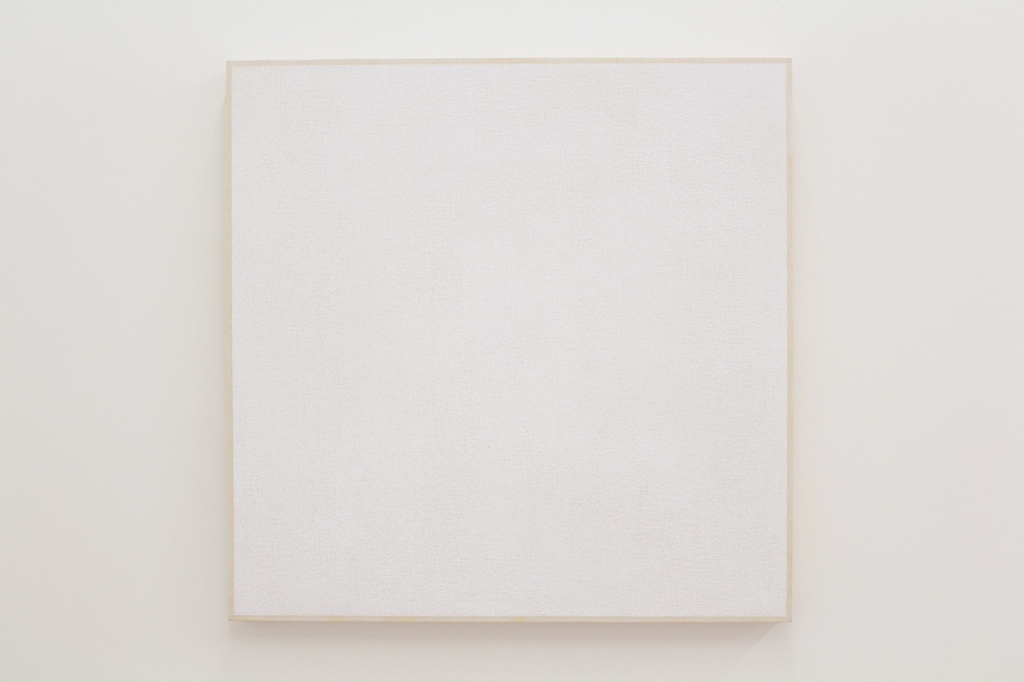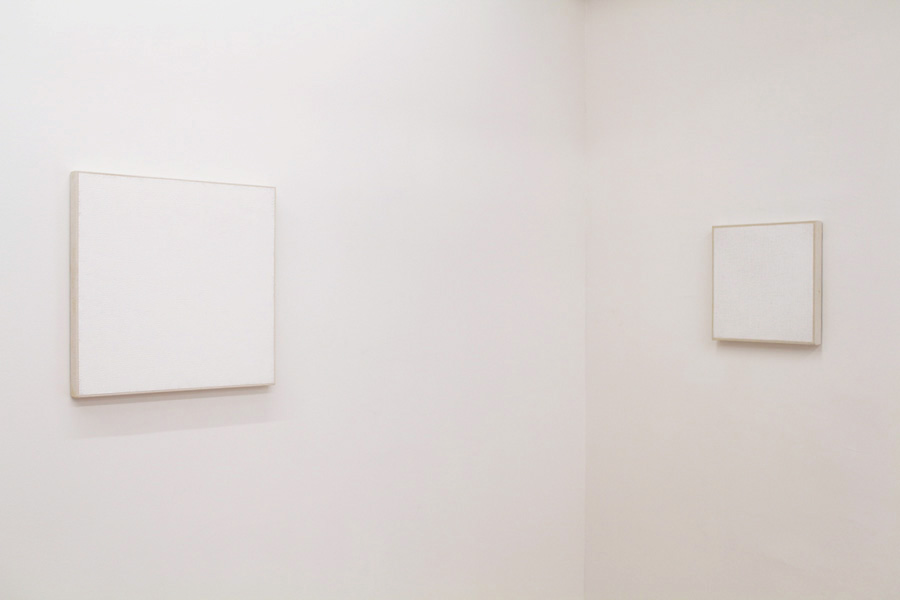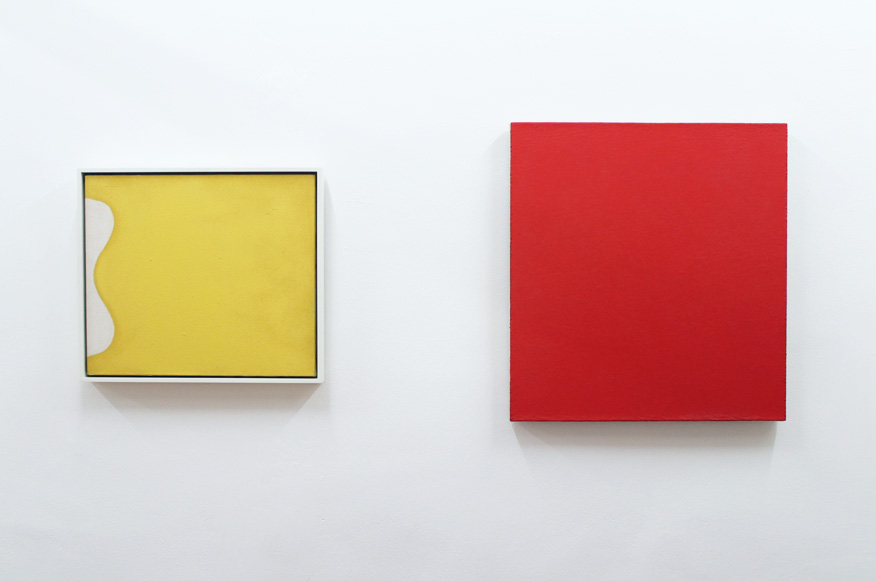MELANIE’S OFFICE
DANIEL LEVINE
On View: April 28 - June 3, 2022
View Exhibition
Daniel Levine, who died suddenly on 01/22/22, was a curmudgeon with a huge heart. He had very strong opinions, both positive and negative, as well as the knowledge to back them up.
Daniel was also a beautiful painter – focused on a project, disciplined and wildly creative within the boundaries he set for himself. Unfortunately, he had bad luck of painting white paintings – bad luck because everybody knows that Robert Ryman paints white paintings, and that idea makes really seeing Daniel’s work very difficult.
I’ve said this before, but here’s what I think makes for good art: experiencing it forces you out of the quotidian cognitive-perceptual habits that sustain you day-to-day; it makes you slow down. If there's nothing to think about, you just have to be with something. In Daniel's work, there's nothing there but a white-ish canvas; the field of white is carefully bounded, and within the field, the surface is typically rich and varied, but exquisitely non-verbal. It forces you to abandon your cognitive and perceptual biases, including the one comparing him to Robert Ryman. - Al Ravitz
DANIEL LEVINE – Painters/Paintings
September 17 – October 23, 2015
Main Gallery and Waiting Room
VIEW PAINTERS/PAINTINGS IMAGES
57W57ARTS is pleased to present a two-part exhibition with artist Daniel Levine. Painters/Paintings brings together a selection of abstract paintings curated by Levine and a solo show of monochrome paintings by Levine.
Painters, in THE WAITING ROOM, will include work by Rudolf de Crignis, Helmut Federle, Paul Feeley, Ron Gorchov, Marcia Hafif, Alfred Jensen, Phil Sims, Peter Tollens, and John Zurier
Paintings will consist of work by Daniel Levine. Since 1990 Levine has created monochrome paintings. By slowly building up layers of paint, he exploits difference: for each work the canvas is often a slightly different color, tone, or weave; it may be stretched at different depths, creating thinner or thicker profiles; the shapes are almost but not quite square; and thin borders amplify the paintings’ varying surfaces. The process, which can take several years, is documented on the back, creating a kind of diary for each work’s growth.
Roberta Smith in the New York Times described Levine’s work as follows: “You may begin this quietly forceful exhibition of meticulously made white-on-white paintings thinking of Robert Ryman, but chances are he will have faded by the end. Mr. Levine applies a few thin coats of oil paint on fine cotton. He works in minute, nearly invisible brush strokes most of the time, and you can almost count the layers of paint. He seems almost to love the cotton as much as the paint, and their tenderly maintained balance is a palpable strength.”




